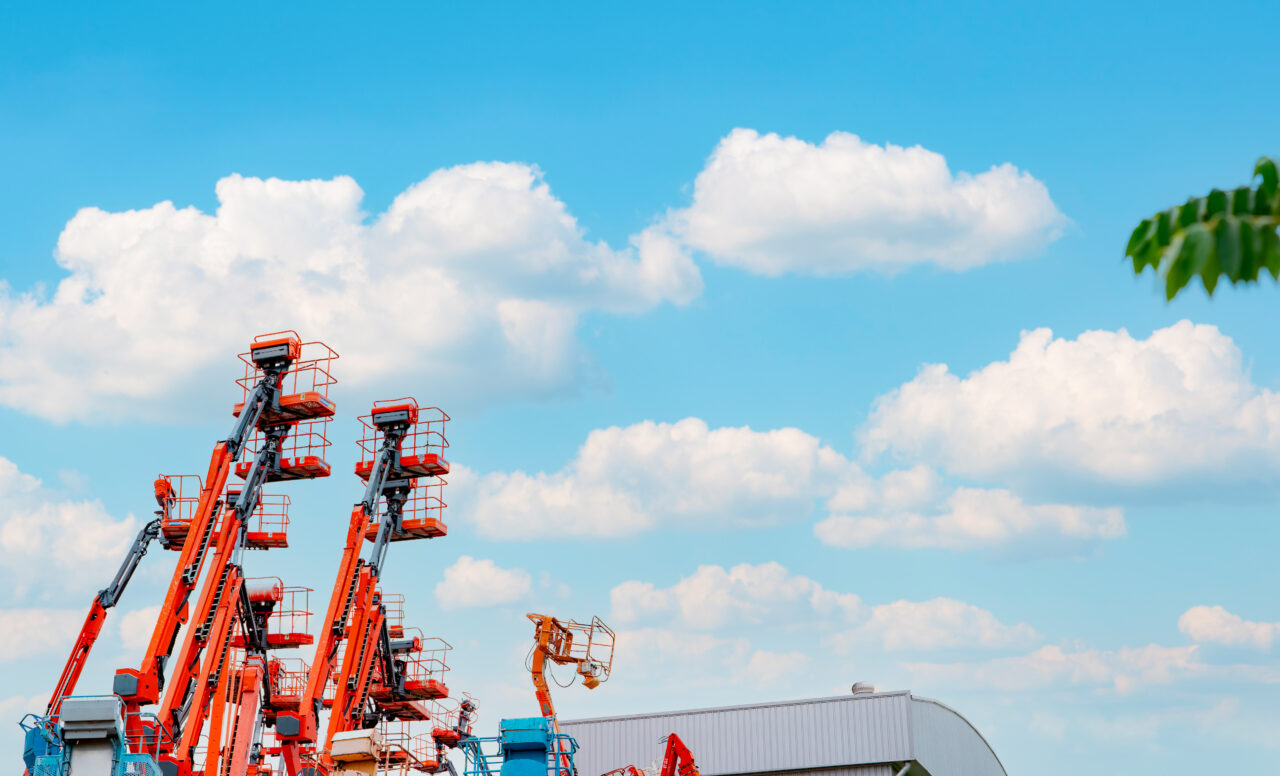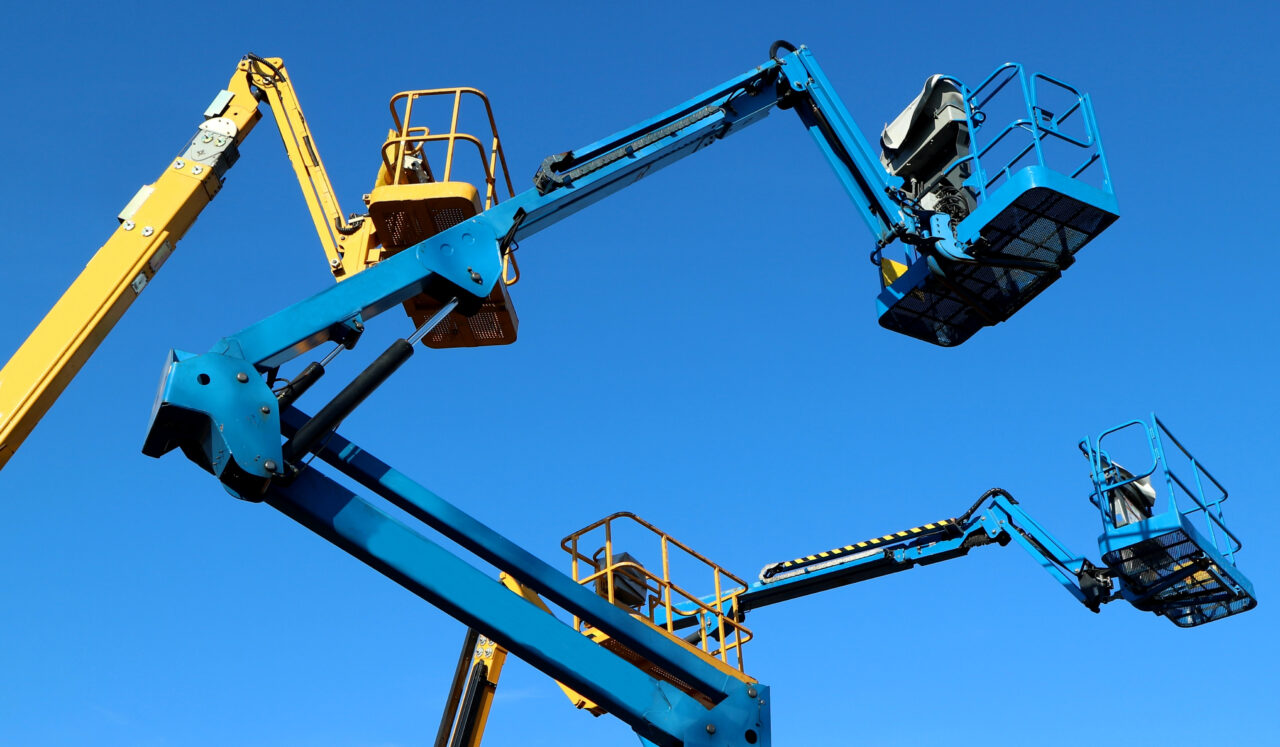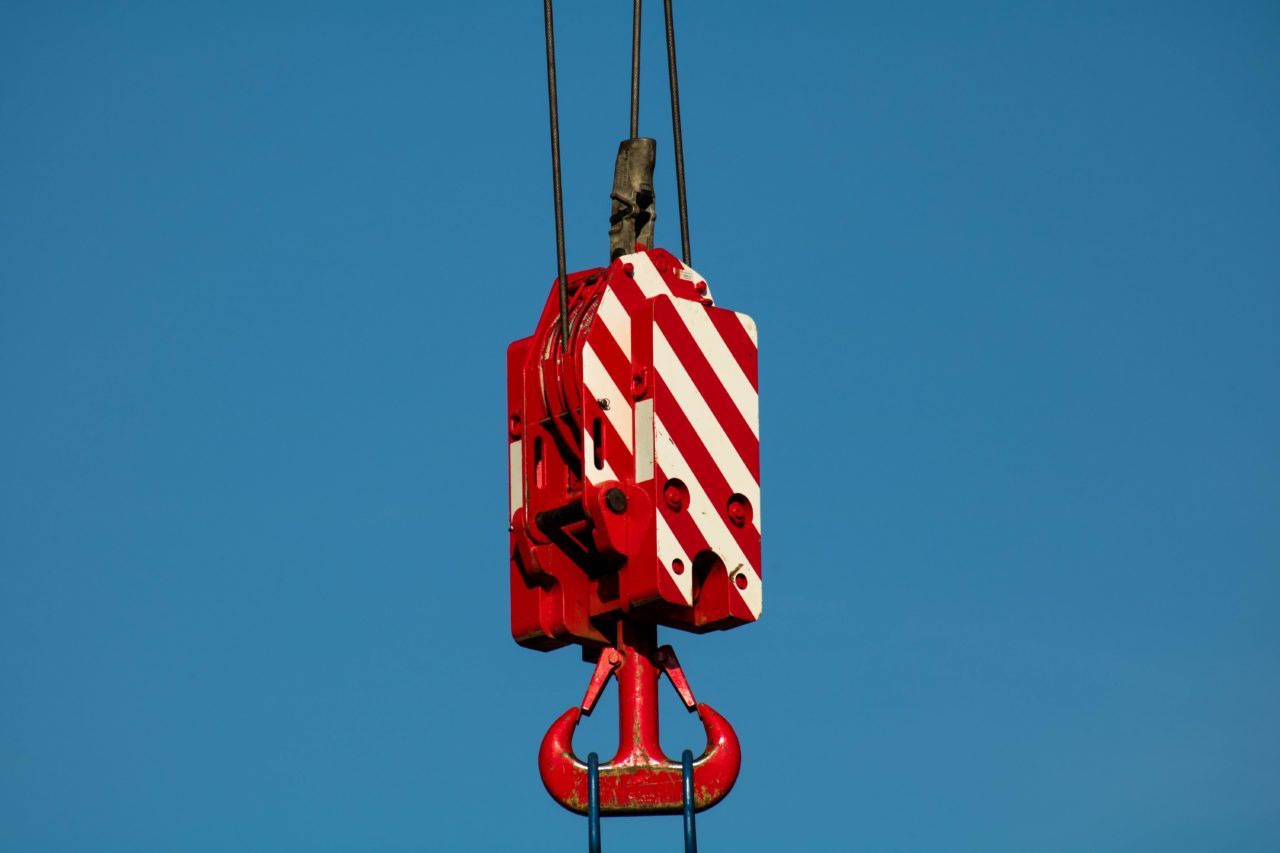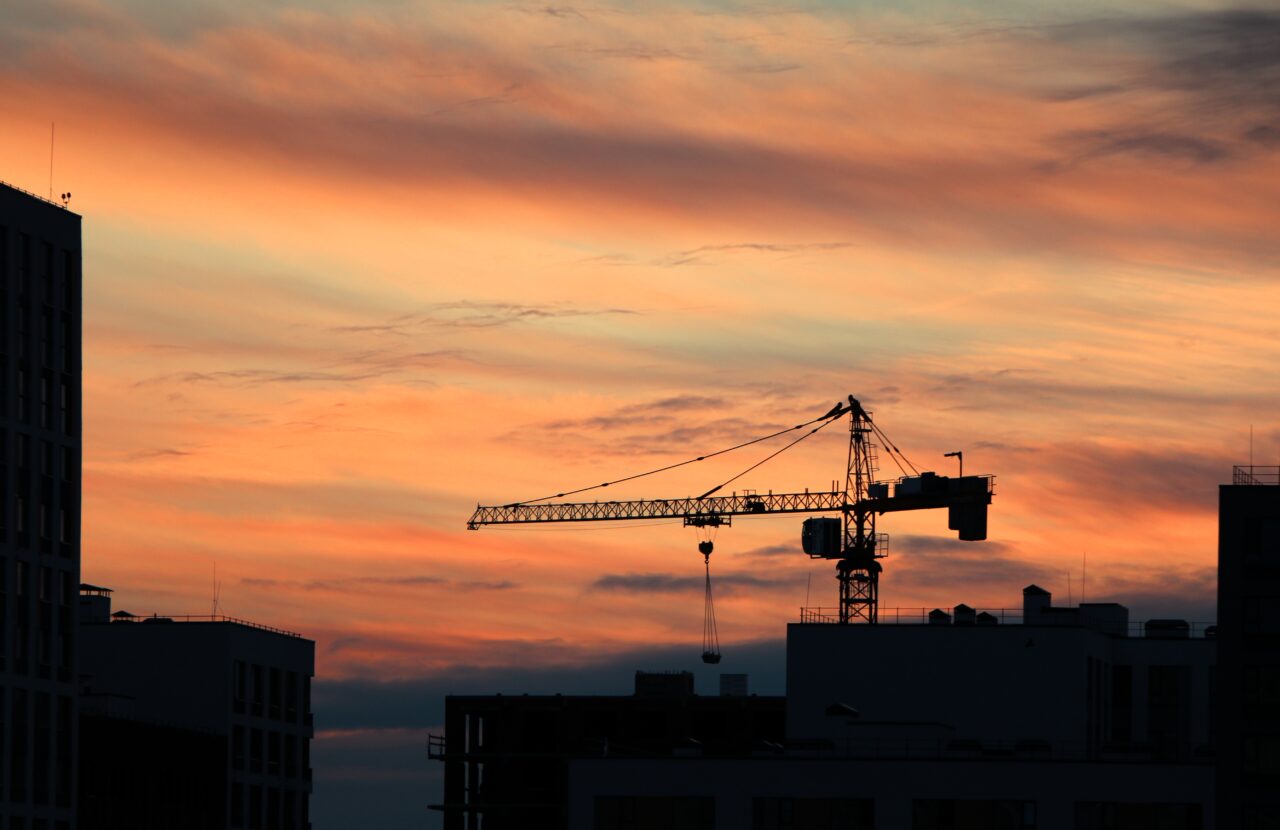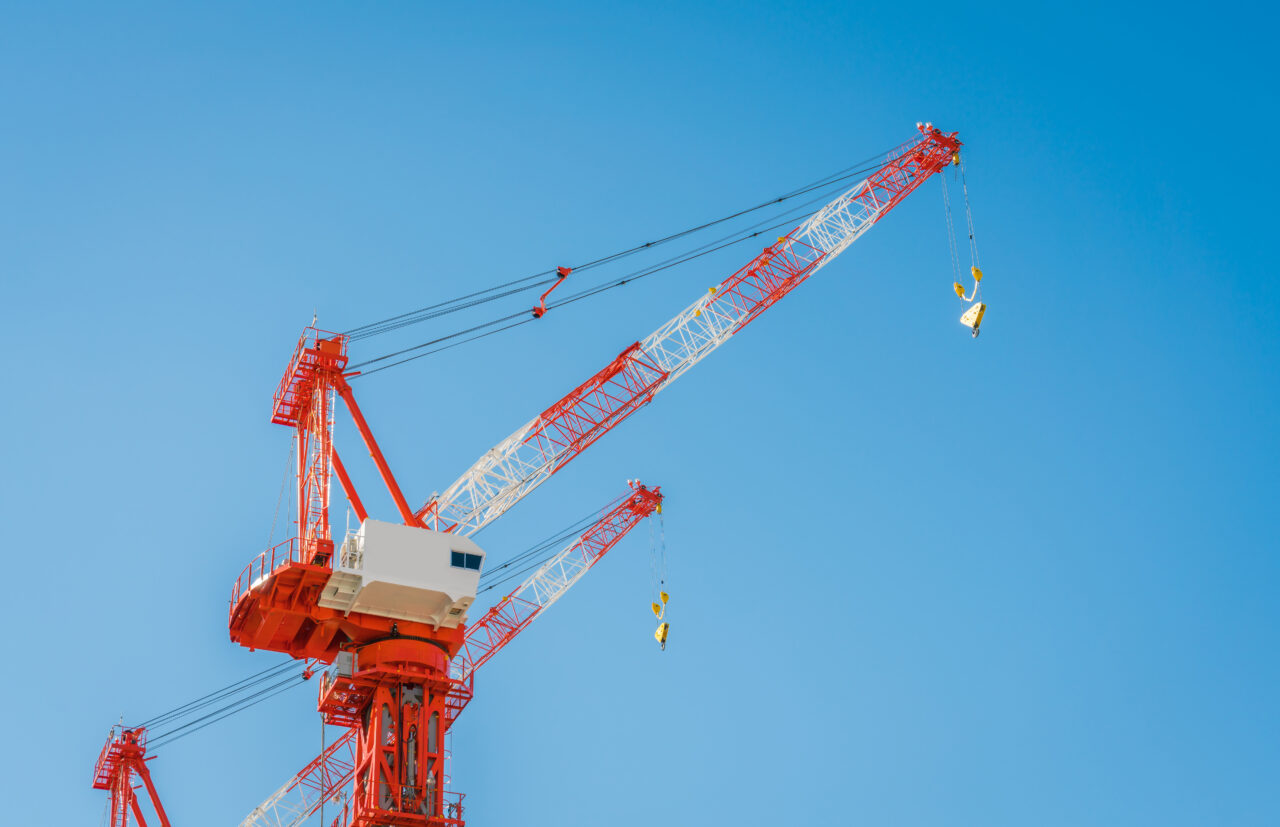Crane rentals can be a cost-effective way to handle your specific heavy lifting or construction needs. Renting a crane is almost always your best option if you don’t need one for continuous or long-term use. In this blog, we will take a look at crane rental benefits and the many scenarios where renting one will come in handy.
Crane Rental Benefits
What you Should Look For:
Variety of Crane Models
Rental companies like Sheedy Crane offer a variety of crane types and sizes to suit many different project requirements. This flexibility allows you to choose the right crane for the specific job at hand. Projects with different lifting requirements will benefit from renting multiple types of cranes as needed. This allows you to use specialized equipment for specific tasks.
Latest Technology
Rental companies often update their crane fleets with the latest technology. Sheedy has a modern and extensive fleet of mobile and specialty cranes.
Insurance Coverage
Rental agreements often include insurance coverage for the crane, reducing the financial risk associated with potential accidents or damages during operation.
Avoid The Costs of Maintenance and Repairs
Sheedy crane’s equipment is well-maintained, which means you won’t have to worry about the costs and responsibilities associated with crane maintenance and repairs.
No Long-Term Commitments
Renting gives you the flexibility to use a crane for a single project without the long-term commitment associated with purchasing. Once the project is complete, you can return the crane without ongoing ownership obligations.
Expertise and Support
Rental companies like Sheedy also provide crane rentals with a qualified operator for an additional cost. Our operators are trained and experienced in using the specific crane model you need. If you have no experience in operating a crane, don’t make the mistake of using it yourself.
When You Might Need to Rent a Crane
Residential and Commercial Construction Projects
Cranes are commonly needed for construction projects such as lifting heavy materials into multi-story buildings, placing steel beams, and assisting in the construction of tall structures.
Landscaping and Tree Removal
Cranes can also be useful in landscaping projects around the house, specifically for jobs like tree removal and placing heavy landscaping elements.
Industrial Maintenance
Cranes are important for maintenance jobs in industrial settings, including equipment installation, repairs, and machinery relocation.
Telecommunications
The telecommunications industry needs cranes to help build and maintain tall cell towers and telephone wires.
Infrastructure Projects
Infrastructure projects such as bridge construction, roadwork, and dam construction often require the use of cranes for lifting and placing large components.
Outdoor Event Setup
Large events, such as concerts or outdoor festivals may require cranes for setting up stages, lights, or other heavy equipment.
Renovations and Remodeling
When renovating or remodeling buildings, cranes may be needed to lift and position heavy materials, equipment, or construction components.
Emergency Situations
Cranes can be deployed in emergency situations for disaster response or recovery efforts, where heavy lifting is required.
Crane Rentals in the Bay Area
Now that you have a better understanding of crane rental benefits, let’s see if a crane will help you for your next project. Sheedy Crane is your most reliable crane rental service in the Bay Area. Call us at (415) 648-7171 to have a Sheedy estimator visit your job site or office.

